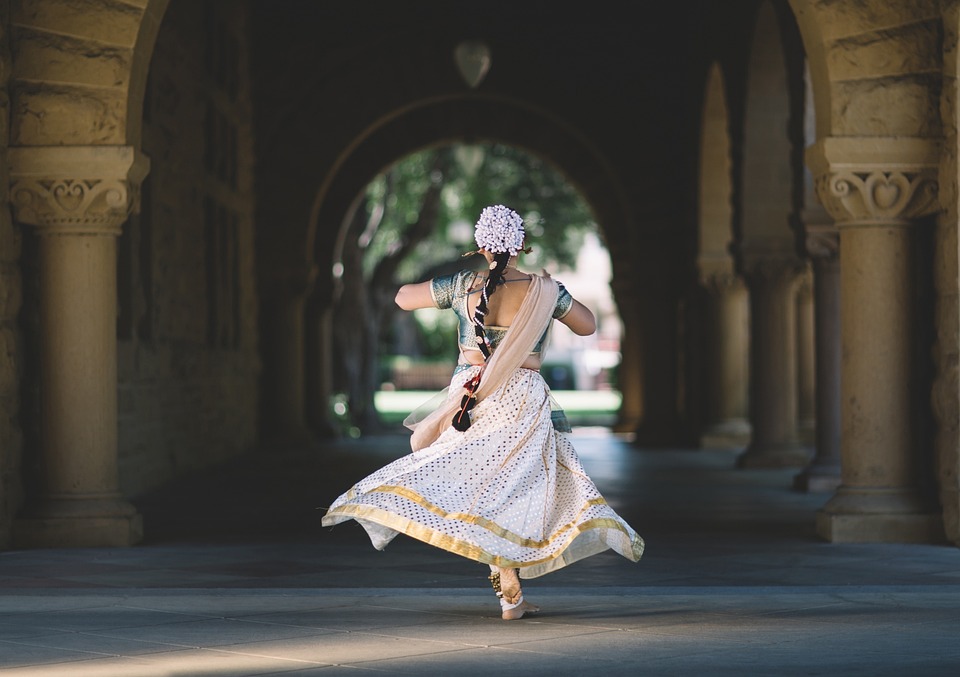Title: India’s Religious Mosaic: A Glimpse into the Subcontinent’s Spiritual History
Image: A Collage showing diverse religious landmarks (Temples, Mosques, Churches, and Gurudwaras) alongside the Indian map.
India, a country that boasts of a stunning religious mosaic, is home to a profoundly diverse spiritual history. It is the birthplace of some of the world’s major religions, including Hinduism, Buddhism, Jainism, and Sikhism. The architectural, cultural, and historical impact these religions have had on Indian society is nowhere more visible than in its mesmerizing ancient temples, mosques, gurudwaras, and churches.
India is largely associated with Hinduism—the world’s third-largest religion—contributing to around 79.8% of its populace. This faith’s roots go deep into the subcontinent’s history, and its impact on Indian culture is unparalleled. The epic tales of the Ramayana and the Mahabharata, integral aspects of Indian tradition, are steeped in Hindu philosophy.
Buddhism, another major religion originating from India, spreads spiritual messages of peace and understanding. The serene beauty of Buddhist Gompas and monasteries signify the reverence for Gautama Buddha’s teachings. Meanwhile, Jainism, another indigenous religion, adds to India’s spiritual diversity with its principles of non-violence and truthfulness.
Sikhism, founded by Guru Nanak in the 15th century, is a remarkable blend of Hinduism and Islam, promoting equality and unity. The monumental Golden Temple in Amritsar—also known as the Harmandir Sahib—is a testament to Sikhism’s unprecedented devotion to community, charity, and social justice.
Islam has a significant presence in India. The arrival of Islam in the 8th century profoundly impacted India and spurred unique architectural and mathematical advancements. The Taj Mahal, the magnificent Mughal mausoleum, is a globally acclaimed monument emphasizing various aspects of Islamic art and culture while also playing a key role in local traditions.
Christianity, dating back to Apostle Thomas’s teachings, has gracefully woven itself into India’s fabric. Kerala, known as the Jewel of the Arabian sea, holds a stunning testament to early Christian influence.
Quiet corners of the Indian subcontinent cherish the peaceful practice of Sufism, an Islamic mystic faith, permeating the country’s musical traditions while attracting followers of all faiths.
This religious diversity, with traditions coexisting side by side, has finely crafted the India we know today. It enriches not only India’s cultural milieu but creates a global paradigm promoting harmony and respect among different expressions of faith.
FAQs:
1. What are some of the significant contributions of Hinduism, Buddhism, Jainism, and Sikhism to Indian society?
The foundations laid by these religions reflect in the Indian ethos even today. For instance, the philosophies of non-violence (Ahimsa) and karma from Jainism and Buddhism still influence Indian lifestyle. Hinduism’s millions of deities enrich Indian folklore, home festivals, and temple art. Sikhism’s principles of self-service and social equality resonates in the running of community kitchens—Langar—in Gurudwaras.
2. How has the architectural layout of Hindu and Muslim monuments evolved differently in India?
Hindu architecture placed emphasis on cosmic symbolism, creating elaborate, ornate temples that often mimicked the natural environment. In contrast, Islamic architecture brought geometrical and calligraphic designs, with a focus on domes, minarets, and arches.
3. Why is the Taj Mahal significant in the context of religious harmony?
The Taj Mahal a symbol of love, invokes strict adherence to Islamic architectural principles and attracts Hindu devotees due to its association with Mumtaz, a Muslim wife of the Mughal prince, emphasizing cultural blend and harmony between the two religions.
4. Which religious holiday/festival is celebrated by more than one religion in India?
Diwali, the festival of lights, is celebrated not only by Hindus, Jains, and Sikhs, signifying the triumph of light over darkness, but also by some Buddhist communities.
In conclusion, religious diversity is integral to the identity of India’s illustrious cultural, intellectual, and artistic legacy. It is a tale of tolerance, interfaith dialogue, and co-existence—a mosaic of unity in diversity that serves as a beacon of hope and harmony to the world.


